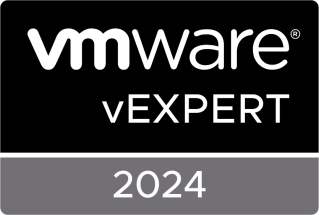The VMware Explore 2023 event in Barcelona took place from Nov. 6-9. In this blog post, I’m going to summarize recent developments and announcements from Explore Barcelona in the multi-cloud management area with focus on the Aria portfolio.
Some significant changes in the Aria and Tanzu portfolio have been taken place during the last months, i.e. VMware moved AIOps, FinOps and IT automation products from the Aria portfolio into Tanzu. VMware has rebranded four Aria products as Tanzu Intelligence Services and Tanzu Hub, which are now positioned alongside the existing Tanzu Application Platform (TAP).
In a nutshell: VMware Tanzu will be the multi-cloud application brand that accelerates application delivery with key capabilities to develop, operate, and optimize (D-O-O framework) applications on any cloud. VMware Aria will continue to provide cloud management capabilities and specifically be a critical solution in helping VMware customers to transform their physical computing resources into a true IaaS surface, but will no longer be part of the DOO narrative.
The first part of the post will explain the current multi-cloud app strategy and how the Aria and Tanzu portfolios fit in there.
The second part will summarise the recent developments and announcements within the Aria portfolio.
Read More

